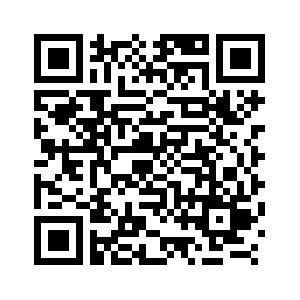HEFEI, Jan. 3 (Xinhua) -- Choosing the sweetest pumpkin at the market may soon be as easy as scanning it with a high-tech device, thereby eliminating the need to either squeeze it or taste it.
Chinese scientists have recently developed a new form of technology, which can quickly and accurately measure the sensory qualities of pumpkins.
This achievement, made by researchers from the Hefei Institutes of Physical Science (HIPS) under the Chinese Academy of Sciences, combines two advanced technologies, namely near-infrared spectroscopy (NIRS) and hyperspectral imaging (HSI).
Traditionally, pumpkin quality evaluation proved a slow and subjective process, with farmers often relying on cooking and tasting to gauge sweetness and other relevant factors. The new method, however, allows for a more objective evaluation by analyzing critical elements like starch and moisture content -- which affect taste and texture.
In their efforts to develop this new type of technology, the team collected 97 pumpkin samples from 34 different pumpkins. Using NIRS and HSI methods, they created predictive models to assess sensory quality based on the starch and moisture content in each pumpkin.
The results showed that the NIRS method had a correlation of 0.788, while the HSI method achieved an even higher correlation of 0.934, demonstrating exceptional accuracy in predicting pumpkin quality.
In addition to measuring quality, these methods can create maps that illustrate the distribution of starch and moisture within individual pumpkins.
"This technology provides a fast, accurate and objective way to evaluate pumpkin quality, eliminating guesswork," said Xu Zhuopin, a researcher at the HIPS, adding that the technology could help growers select the best varieties and improve production processes.
According to the researchers, their current experiments are based on sliced pumpkins, while the new technique can also test quality without damaging the pumpkin.
Moreover, Xu said that this technology could be applied to other fruits and vegetables as well. "We are currently developing customized solutions based on specific requirements. For example, companies could use it to measure sugar content in apples or vitamin levels in oranges."
Details of this research achievement were recently published on two journals -- Journal of Food Composition and Analysis, and Microwave and Optical Technology Letters. ■



